Our Final Week in Japan
We are back in Colorado, but wanted to finish up our trip with a couple short blogs. Our last week in Hokkaido, the northernmost island of Japan, was unforgettable. The north is cold; just what I wanted, but with that came rain. The colors were changing and as we came to the end of our 12 days on the dairy farm we were able to witness the maples and birches in red and yellow with the Japanese pine as the backdrop.
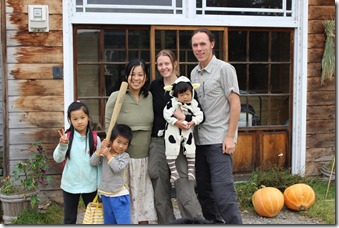 Departing from the dairy farm we played with the kids one last time and Rie gave us a lunch for our travel day with handmade dorayaki which are heart shaped pancakes filled with homemade sweet bean paste. Back on the road we found ourselves in Asahidake a small, 12 building
Departing from the dairy farm we played with the kids one last time and Rie gave us a lunch for our travel day with handmade dorayaki which are heart shaped pancakes filled with homemade sweet bean paste. Back on the road we found ourselves in Asahidake a small, 12 building 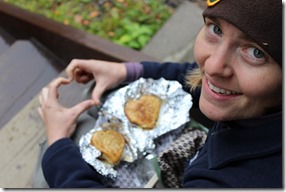 town setting up our tent in the rain. It proved to be a cold, cold night and the last night that we camped. The following day we enjoyed an amazing hike up to the top of the tallest mountain in Hokkaido, Asahidake. At 6,562 feet we looked across some amazing landscape with a variety of colors and the steam vents that were spewing on the side of the mountain were a reminder of Japan’s volcanic characteristics. From the top we hiked down the other side of the mountain to an area that was desolate, maybe similar to the moon. The colors were vibrant from all the gas venting and flowing from the mountains. One area, which is off limits to hikers, looked like it was flowing streams of yellow liquid that made cuts into the landscape. Truly unique. On this all day adventure we hiked through shoulder
town setting up our tent in the rain. It proved to be a cold, cold night and the last night that we camped. The following day we enjoyed an amazing hike up to the top of the tallest mountain in Hokkaido, Asahidake. At 6,562 feet we looked across some amazing landscape with a variety of colors and the steam vents that were spewing on the side of the mountain were a reminder of Japan’s volcanic characteristics. From the top we hiked down the other side of the mountain to an area that was desolate, maybe similar to the moon. The colors were vibrant from all the gas venting and flowing from the mountains. One area, which is off limits to hikers, looked like it was flowing streams of yellow liquid that made cuts into the landscape. Truly unique. On this all day adventure we hiked through shoulder 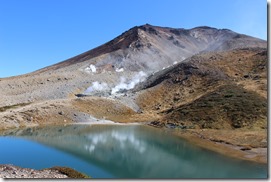 high pine trees that were stunted by harsh weather and we stopped at a river hot spring for lunch. Nothing like PB&J and a hot foot bath. The trail morphed into flatter terrain where railroad ties placed end to end would be the trail. We made it back to the start right at sunset and Andy got some great shots. Not wanting to spend the money to take the ropeway (like a tramway) down we decided to race daylight and take the trail down. It was a long 3 kilometers and it was in the dark. What is one of the 10 essentials that you should always stash in your back when you hike? A flashlight. We did not bring our headlamps, but luckily Andy had his phone and this made for a less difficult, but arduous trip back down.
high pine trees that were stunted by harsh weather and we stopped at a river hot spring for lunch. Nothing like PB&J and a hot foot bath. The trail morphed into flatter terrain where railroad ties placed end to end would be the trail. We made it back to the start right at sunset and Andy got some great shots. Not wanting to spend the money to take the ropeway (like a tramway) down we decided to race daylight and take the trail down. It was a long 3 kilometers and it was in the dark. What is one of the 10 essentials that you should always stash in your back when you hike? A flashlight. We did not bring our headlamps, but luckily Andy had his phone and this made for a less difficult, but arduous trip back down.
The following days we ventured to the Northeast entrance of the national park at the town of Sounkyo. The colors were more vibrant here and the canyon was more drastic. We caught more rain that created soggy shoes, but we hiked to waterfalls 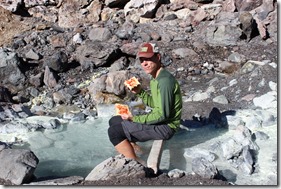 and earned a much needed onsen soak or three. We ventured to the multistoried, fancy hotel up the street and paid $5 each for the use of 3 hot spring pools. The first was on the 7th floor and I experienced my first balcony tub that overlooked the resort town below. Then we took the elevator to the 2nd floor and enjoyed another outdoor tub that overlooked a manicured garden, more like a lawn with a couple trees (nature is so much more beautiful!). Last stop was the 1st floor pool that was the hottest and largest. In the women’s bath there were 3 pools each with lessening hotness. The 3rd pool had stone beds that you could lay down on. They weren’t comfortable, but the water felt great.
and earned a much needed onsen soak or three. We ventured to the multistoried, fancy hotel up the street and paid $5 each for the use of 3 hot spring pools. The first was on the 7th floor and I experienced my first balcony tub that overlooked the resort town below. Then we took the elevator to the 2nd floor and enjoyed another outdoor tub that overlooked a manicured garden, more like a lawn with a couple trees (nature is so much more beautiful!). Last stop was the 1st floor pool that was the hottest and largest. In the women’s bath there were 3 pools each with lessening hotness. The 3rd pool had stone beds that you could lay down on. They weren’t comfortable, but the water felt great.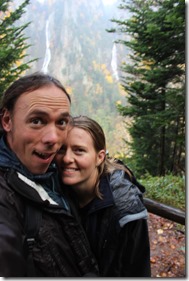 The men’s side, Andy found out by mistake, had a cold plunge. Back at our youth hostel we ate dinner in a community dining area with other travelers from all over the world including Thailand, China, Japan, U.S., Canada, Great Britain, France and Australia. It was incredible.
The men’s side, Andy found out by mistake, had a cold plunge. Back at our youth hostel we ate dinner in a community dining area with other travelers from all over the world including Thailand, China, Japan, U.S., Canada, Great Britain, France and Australia. It was incredible.
 Anticipation followed us back to Sapporro where we sprung for a tiny, but nice hotel room and spent time cruising the city before our flight left Japan. The Sapporo Brewery provided us with many tasty samples before we bought a few items,
Anticipation followed us back to Sapporro where we sprung for a tiny, but nice hotel room and spent time cruising the city before our flight left Japan. The Sapporo Brewery provided us with many tasty samples before we bought a few items,  mainly food to take home. In one day we said goodbye to Japan and hello to China. In the process of changing our tickets we settled for a 21 hour layover in Shanghai, China. We lived it up too! Abruptly realizing we weren’t in Japan anymore due to almost getting scammed by the taxi drivers and run over by mopeds (they follow the same rules as bikes…they can go anywhere!) we managed not to get scammed by a taxi driver, figure out the subway system, make it to an acrobatic circus show, eat interesting street food, visit a few sights and take a maglev bullet train that travels 300 km/hr all in 21 hours! China was a contrast to Japan and a place I need to spend more time in to develop a fair opinion of. A 14 hour flight from Shanghai landed us in LAX, where it took another 6 hours of flights and layovers to get back to Denver and jetlagged.
mainly food to take home. In one day we said goodbye to Japan and hello to China. In the process of changing our tickets we settled for a 21 hour layover in Shanghai, China. We lived it up too! Abruptly realizing we weren’t in Japan anymore due to almost getting scammed by the taxi drivers and run over by mopeds (they follow the same rules as bikes…they can go anywhere!) we managed not to get scammed by a taxi driver, figure out the subway system, make it to an acrobatic circus show, eat interesting street food, visit a few sights and take a maglev bullet train that travels 300 km/hr all in 21 hours! China was a contrast to Japan and a place I need to spend more time in to develop a fair opinion of. A 14 hour flight from Shanghai landed us in LAX, where it took another 6 hours of flights and layovers to get back to Denver and jetlagged.
 All in all we feel great satisfaction in the traveling that we did in the amazing country of Japan. Getting to know the people, the food, and the customs were experiences that I will carry with me forever. I am intrigued with the vast differences in culture between Japan and my own, but truly heartened by the kindness that we came to appreciate so much in this amazing country. Domo arigato goziamasu to all those who made this trip an incredible journey for us!
All in all we feel great satisfaction in the traveling that we did in the amazing country of Japan. Getting to know the people, the food, and the customs were experiences that I will carry with me forever. I am intrigued with the vast differences in culture between Japan and my own, but truly heartened by the kindness that we came to appreciate so much in this amazing country. Domo arigato goziamasu to all those who made this trip an incredible journey for us!

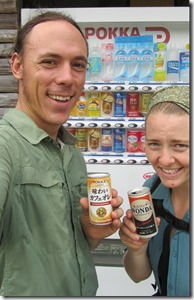
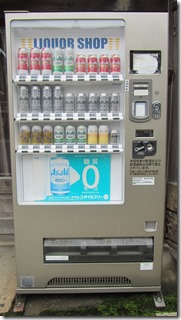
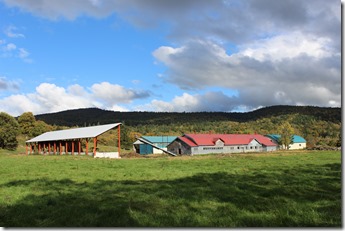
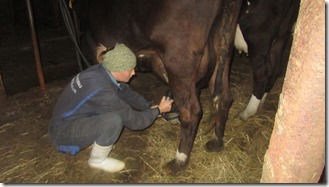
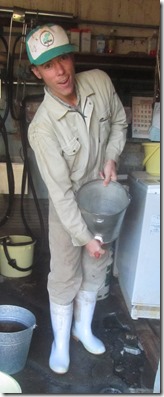



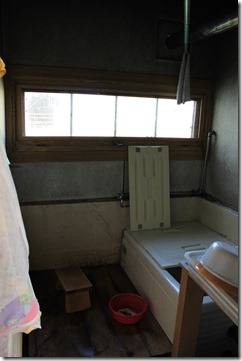

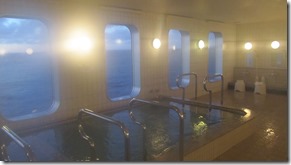


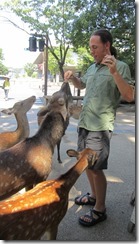


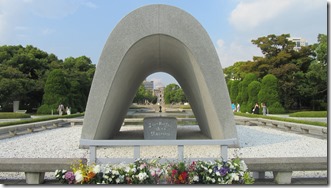

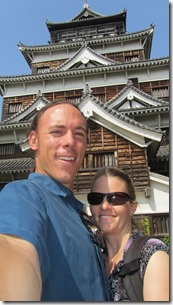

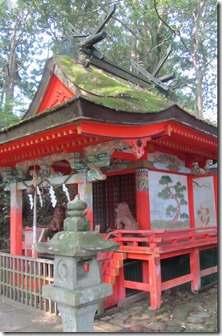
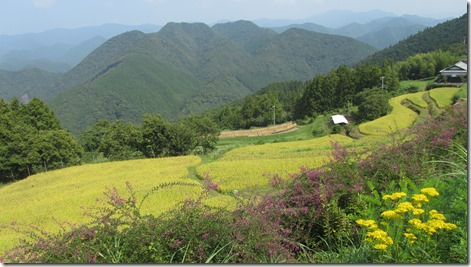



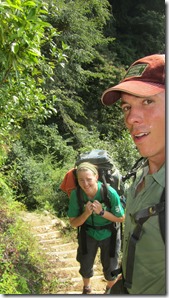


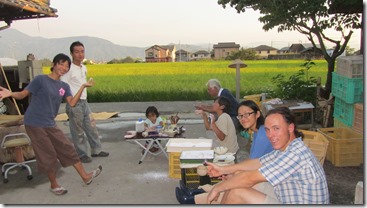

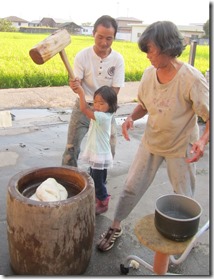



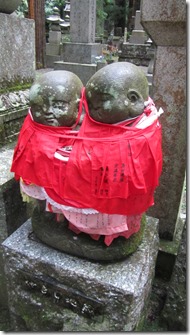
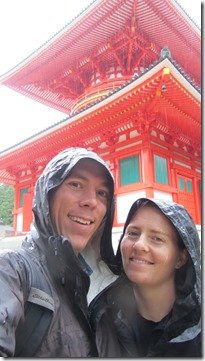
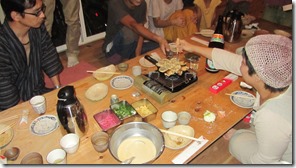



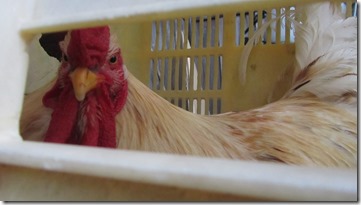
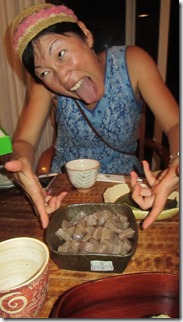

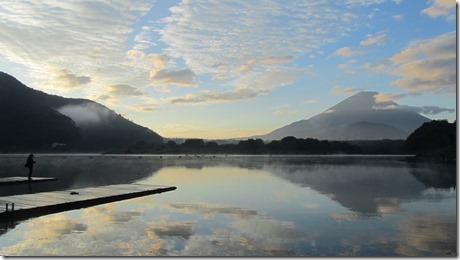
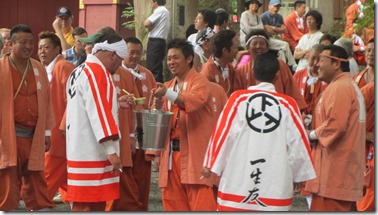
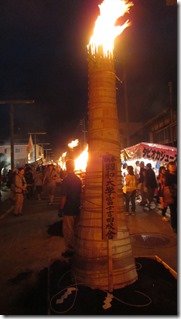
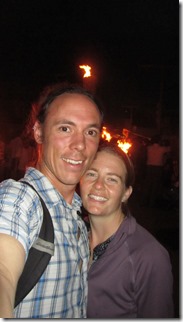
 We travel: to learn and grow, to challenge ourselves, stretch our limits and foster an appreciation of both the world at large and our own back home.
We travel: to learn and grow, to challenge ourselves, stretch our limits and foster an appreciation of both the world at large and our own back home.



